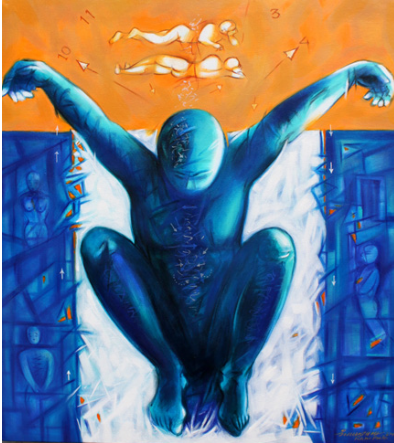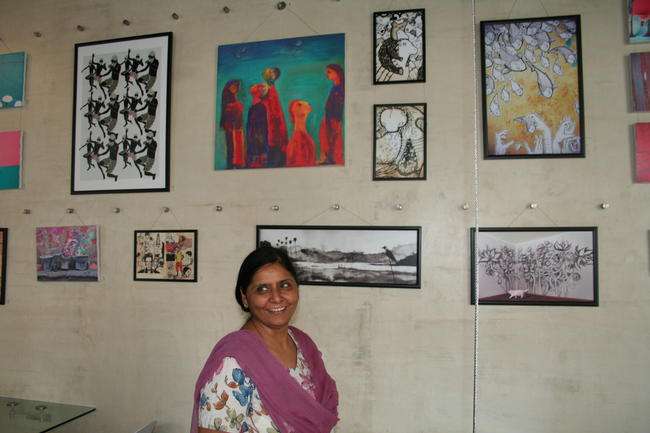
Different color hues represent distinctive symbolism. They allow the painter to bring out the desired effect on the theme they intend to create. It goes without saying that colors are the essence of the Indian art paintings, be it modern, contemporary or abstract art paintings.
Besides, colors give painters the freedom to express their imaginationby creating a visual experience. There are myriad of hues in the color palette. Through my different blog post, I will try to pick some of the key colors that are majorly used by the artists in their paintings. Each color depicts some hidden meaning. Let’s try to divulge into each color and know about their symbolism in figurative art paintings or any other related form of artwork.
Here is a quick rundown about the significance of blue color used in paintings:
On the visible spectrum of light, blue comes between violet and green. It basically falls under the category of cool colors and represents the feelings of harmony, realism, coolness, distance, eternity, vastness and candidness.
Just think about deep sea and clear sky, what color first comes to your mind? Different combination of blue color you imagine first, right? Soft, relaxing, empathetic and gentle, blue is a meditative and contemplative color. It is often used in paintings not just to portray nature, but also to create moods, sentiments and atmosphere.
Have you seen Pablo Picasso’s “Blue Period” of art? After the unexpected demise of good friend, Carlos Casagemas, Picasso was too upset and his personal ordeal found expression in a series of deeply emotional paintings which encompass his “Blue Period”. As per Picasso, he himself started the usage of blue color in his paintings after his close friend passed away.
Similarly, many other artists have even experimented with blue color in there paintings that you can see in different types artworks, including folk, tribal and figurative art paintings. They either use the color as a highlighter in the background or to emphasis on subject of the painting.





















